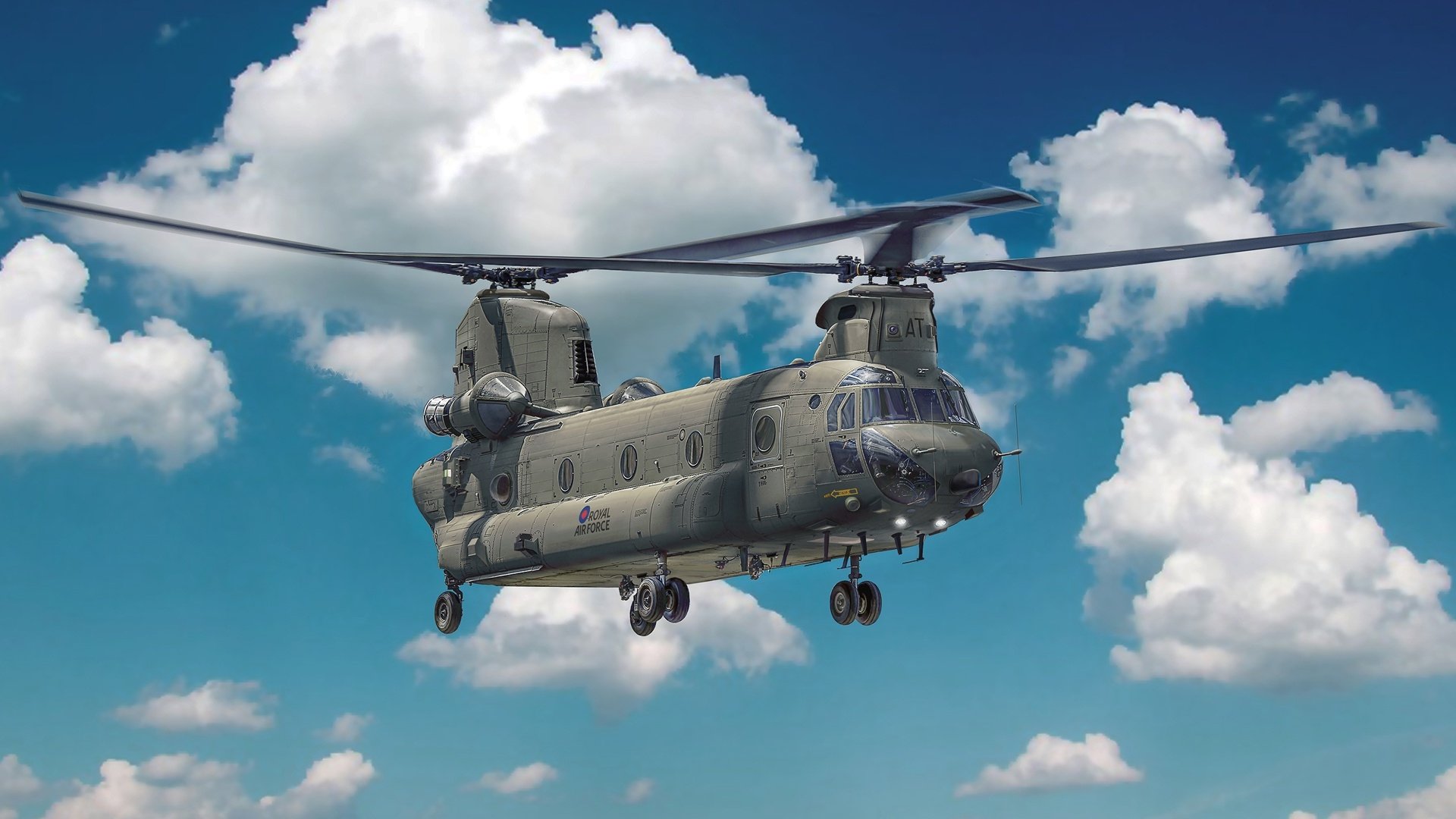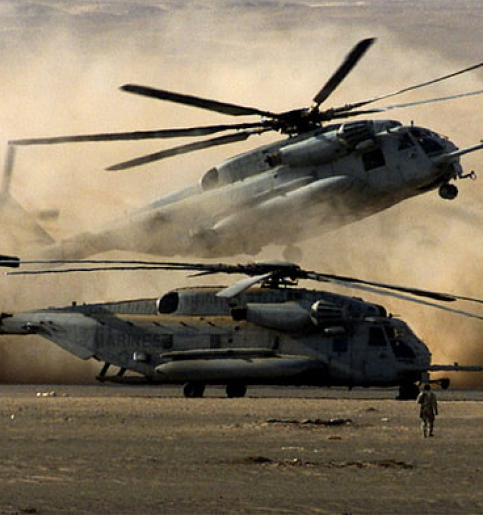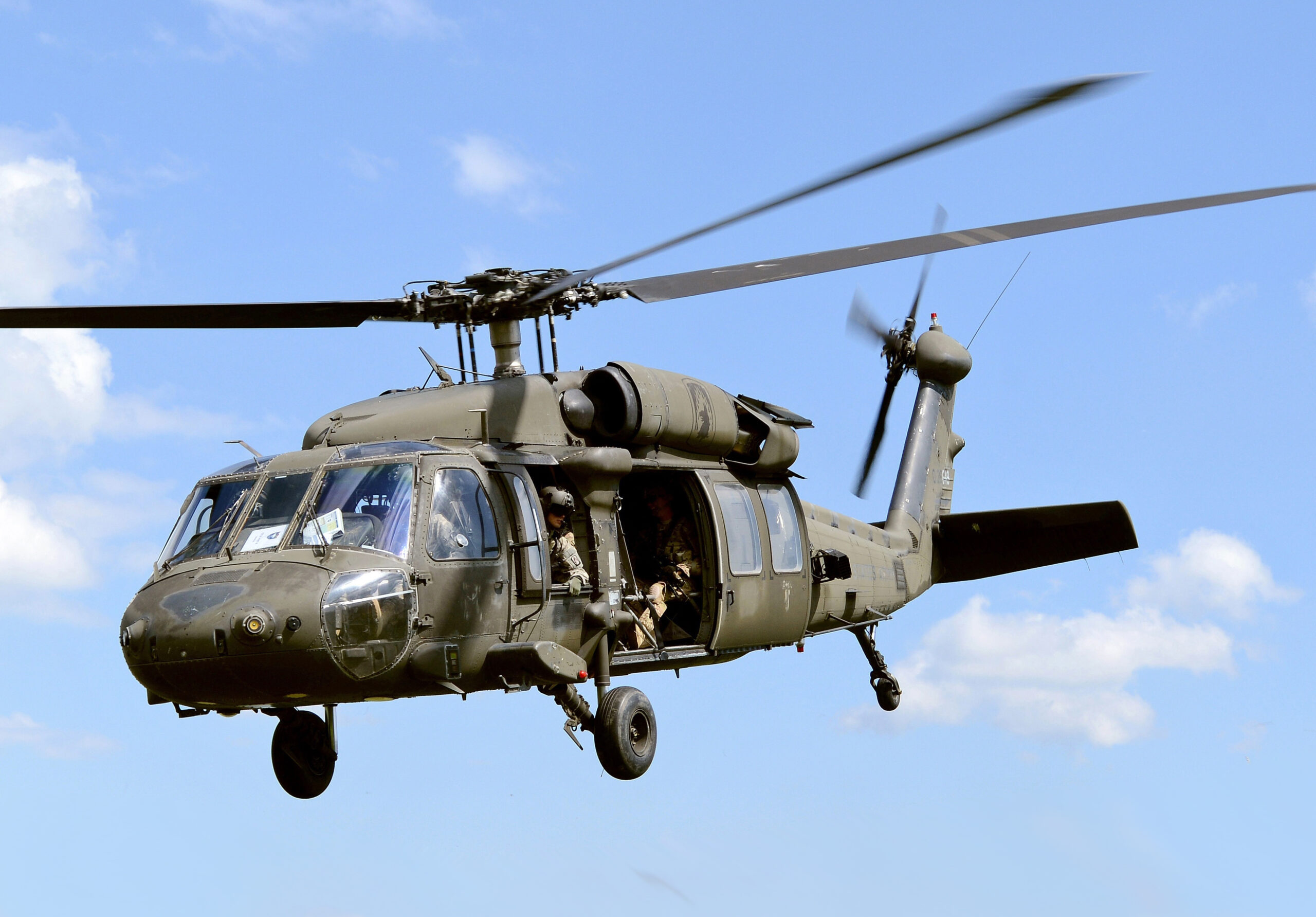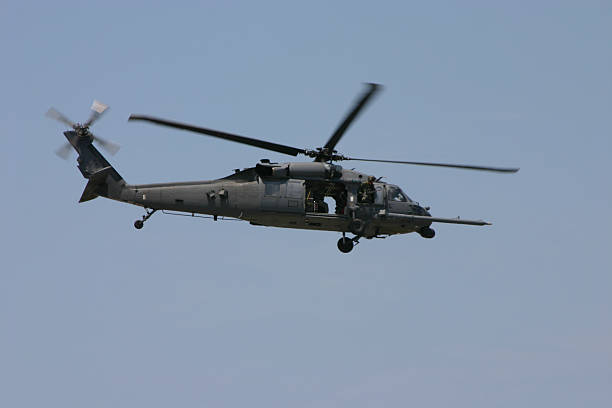

Green Taxi can be utilized by a variety of different aircraft missions such as commercial, cargo, private and military. For both fixed and rotarywing aircraft operating in sandy or dusty environments such as the Middle East, North Africa and Central Asia, engine damage caused by FOD/dirt ingestion on the ground can be a crippling maintenance burden, requiring high expenses, frequent overhauls and excessive fleet downtime, resulting in reduced operational readiness. By eliminating the need for engine-based taxiing, Green Taxi will eliminate engine ground FOD and dirt ingestion up to the takeoff point. Green Taxi also offers distinct tactical advantages in certain scenarios, including remote airfield operations, fast turnaround time requirements, and covert or subtle ground aircraft repositioning.
Green Taxi can allow aircraft to work and move quickly at remote airfields, reducing or eliminating the need for ground support personnel, vehicles, and allowing reliance on easily accessible pre-positioned fuel stocks.

Military transport aircraft operating in hostile environments are often parked close together to facilitate security requirements. Sometimes they are based in dusty or sandy areas where normal tug operations are not possible because of insufficient ground traction. This means that movement of aircraft requires the use of the main engines which can blast dirt, sand and rocks into the engine inlets of other aircraft parked close by reducing power plant life and requiring additional engine and parts inspections. Green Taxi is the perfect solution and will also allow for improved mission readiness.

Business jet operators constantly face the issue of how much reserve fuel to load onto the aircraft because of unknown taxi times or issues at the destination airport. Some larger business jets must carry their own 150-200 lbs towbar since their destination is unlikely to support that type of aircraft.Additionally, many Fortune 500 companies are keenly aware of the investor, shareholder and public relations benefits of demonstrating contributions to the “Green Aviation” movement.

Taxiing wheeled helicopters in a terminal area can be another hazardous operation. Green Taxi offers the operator the ability to shut down the main and tail rotors prior to takeoff and following touchdown to allow taxi to gate areas and refueling stations. Collisions between the helicopter’s rotors and other aircraft, vehicles and buildings and the threat to service personnel on the ramp area is not insignificant.